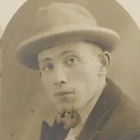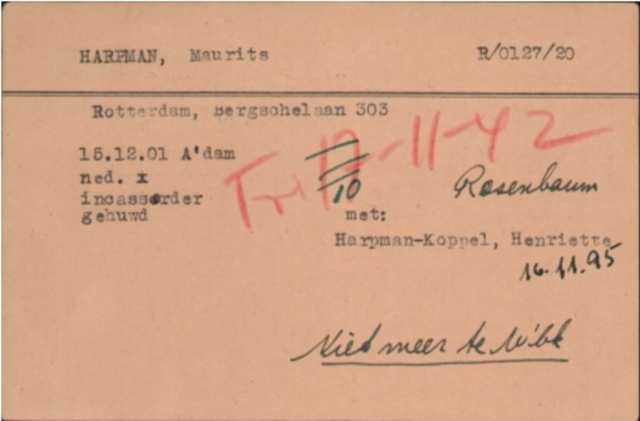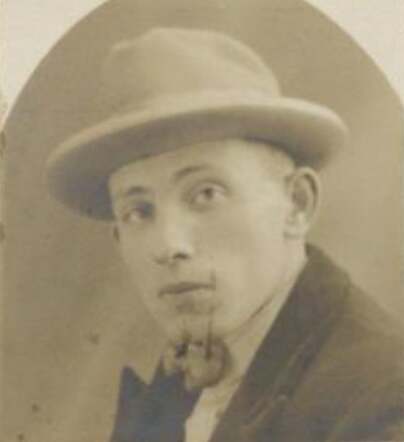Maurits Harpman, born 15 November 1901 in Amsterdam, was s aon of Josua Harpman and Bloeme Trompetter. He was born into a family of six children in total, of whom two brothers have survived the war; two sisters and a brother were killed in the Shoah. His father had passed away in 1939 and his mother already in 1922.
On 8 April he married in Amsterdam Henriette Koppel, age 30 years and born in Zupt…




 Person is in the National Database of Victims of Persecution
Person is in the National Database of Victims of Persecution